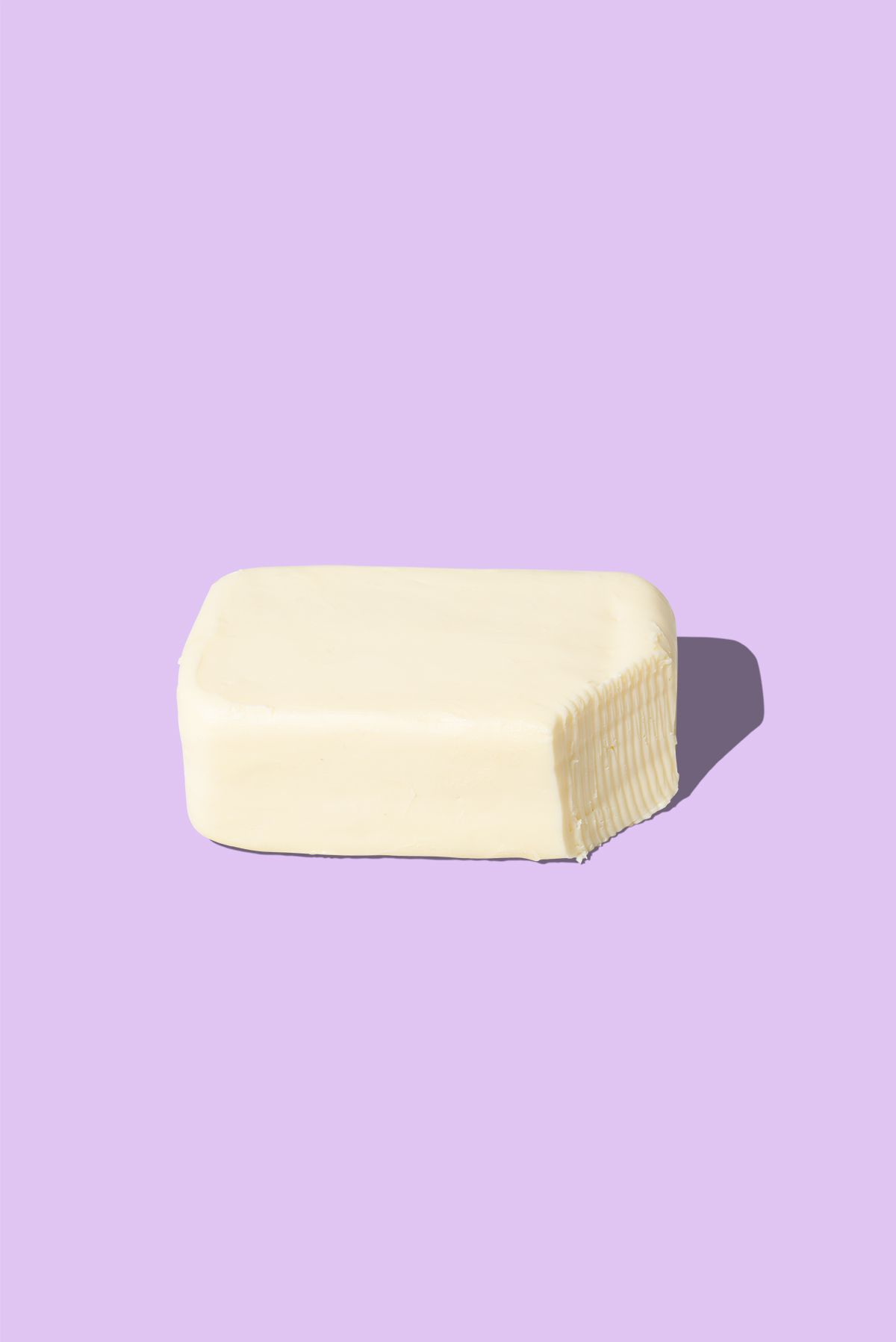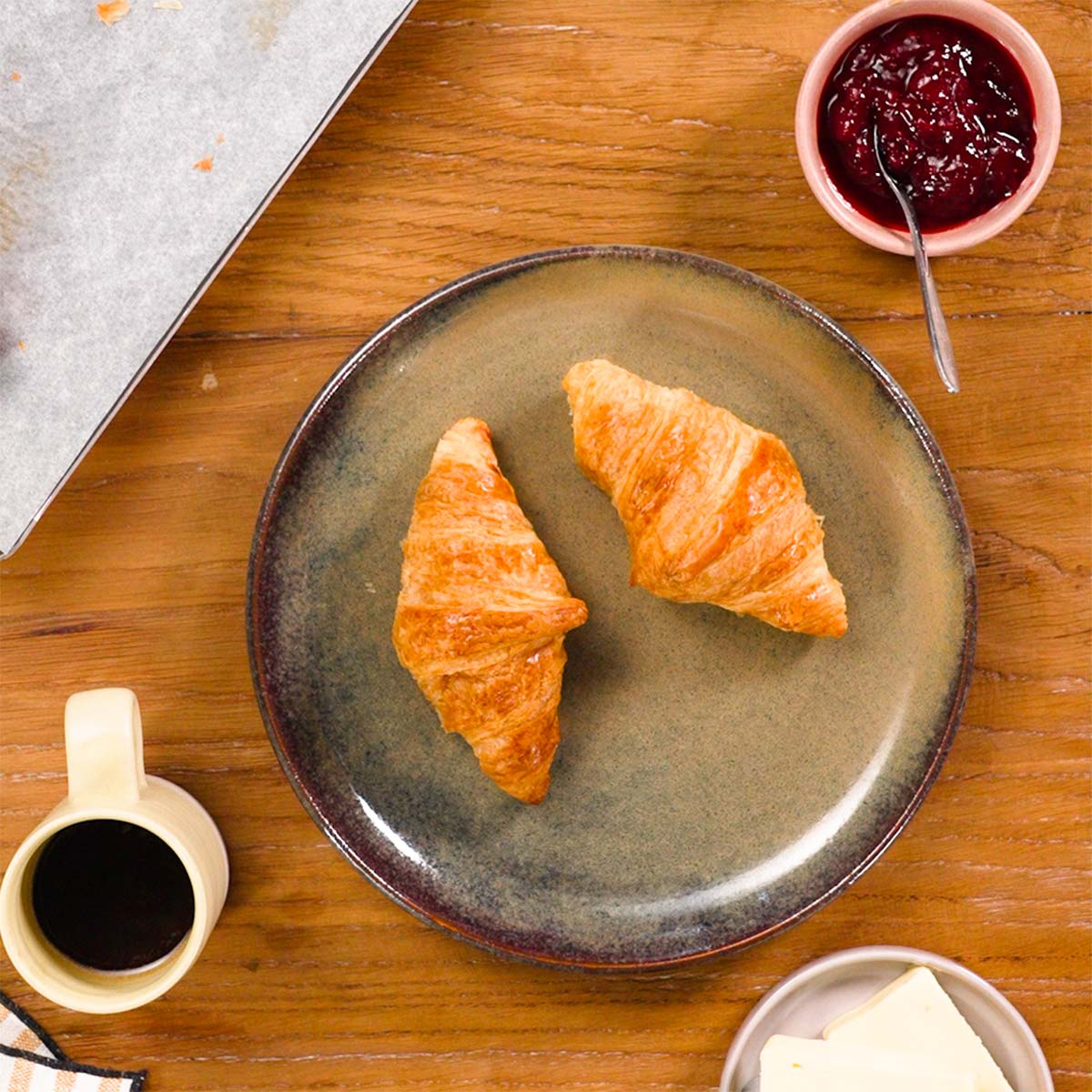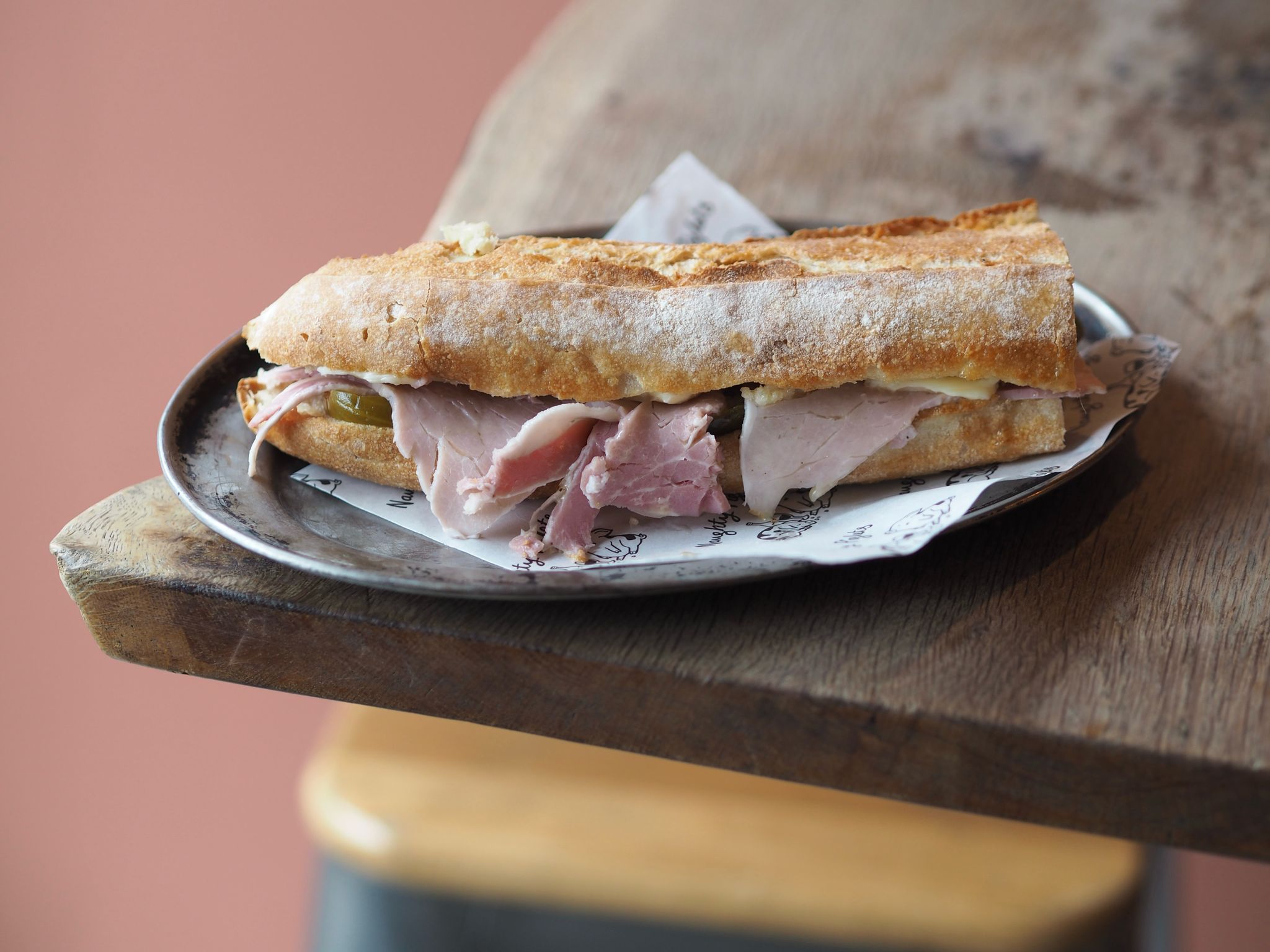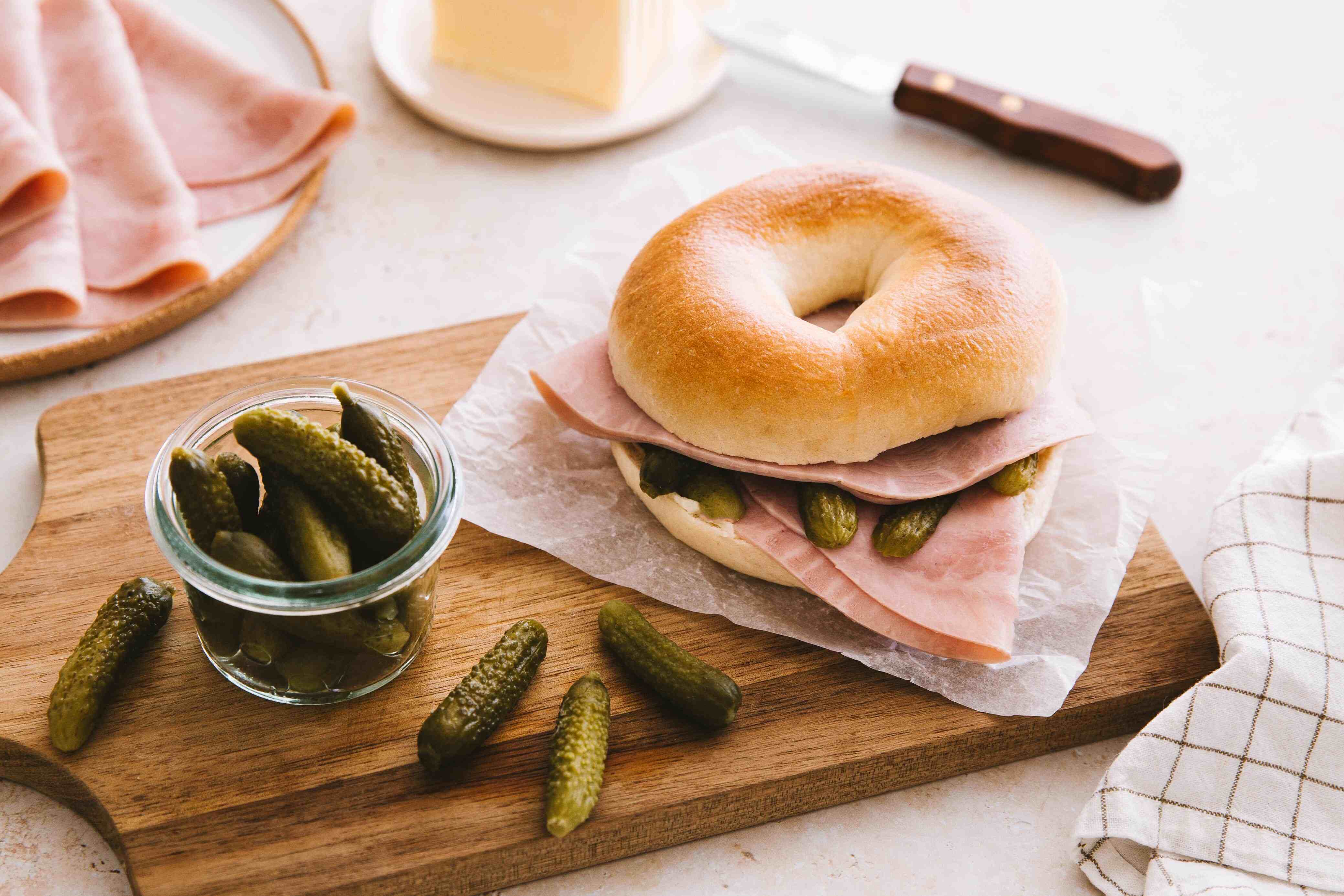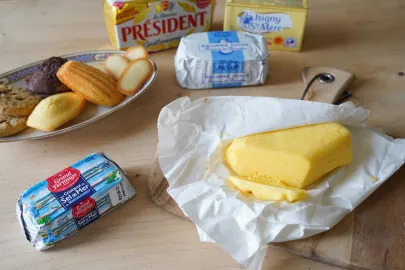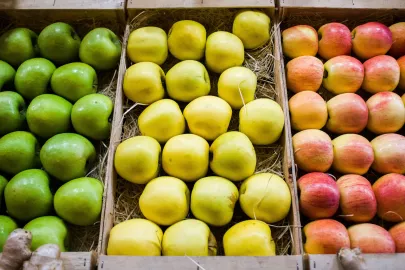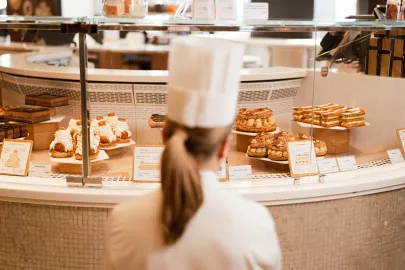As an American living in France for the past ten years, I’ve had plenty of time to fall in love with the little details that make French baking so special—and butter is at the very top of that list. I trained at Le Cordon Bleu Paris and now work as a pastry chef here, which means I go through a lot of butter in a week! After years of testing, tasting, and teaching, I can tell you this: French butter really does make a difference. From its higher butterfat content to the rich flavor and protected designations of quality, it’s the one ingredient I really encourage my students to use if they’re looking to increase the quality of their baked goods.
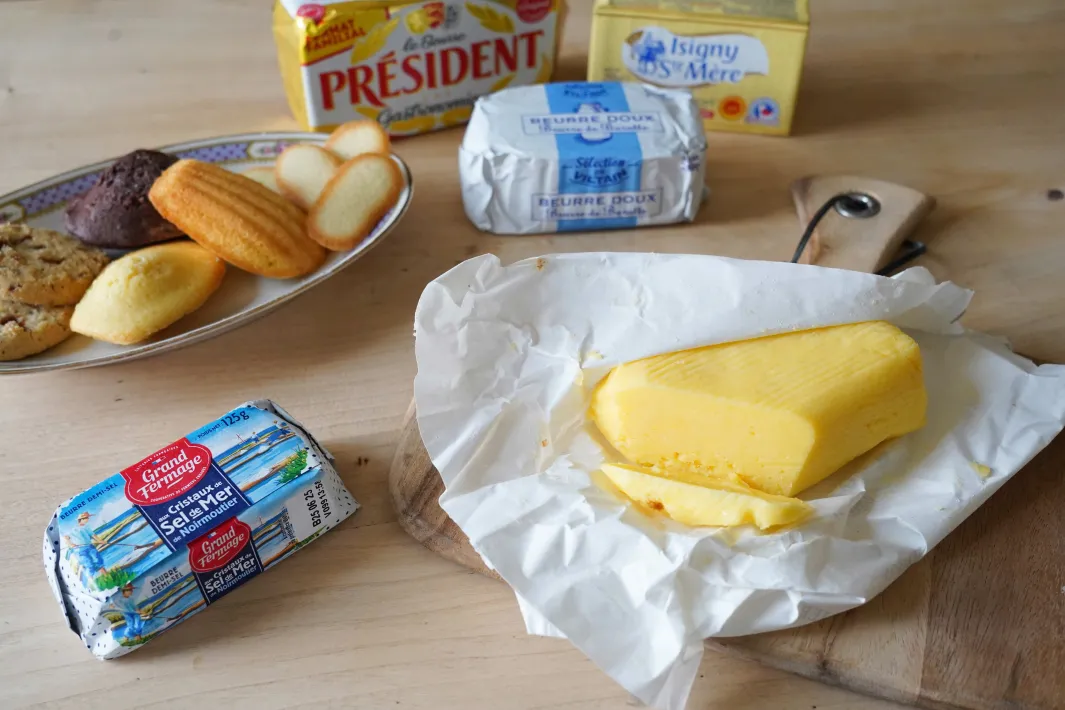
What makes French butter different?
French butter typically contains at least 82% butterfat, resulting in a richer flavor and a softer texture that is particularly excellent for pastries, cookies, and cakes!
With less water content and higher fat than others, French butter remains more pliable when cold, making it easier to work into crusts for optimal results. This pliability allows for quick incorporation without needing to wait for it to warm up.
I recommend to my clients to switch to butter with 82% butter fat particularly when making things like pie crust or croissants for this very reason as the biggest enemy of these pastries is the butter getting too warm as you mix it in. If you’re able to work with it more quickly, keeping the cold butter pieces suspended in the dough, you already have a leg up on creating great flakiness.
Additionally, French butter is often cultured, imparting a slightly tangy and more complex flavor profile, while many other butters have a milder taste.
To make the butter, cream is whipped until the milk has been removed. To obtain one kilo of butter, 20 liters of milk is needed. After this the butter is shaped into bars. In France, you’ll often see lines on the butter from it being hand-shaped with wood boards.
In France, butter isn’t just a baking staple—it’s a protected treasure. Some of the most celebrated French butters carry the AOP (Appellation d’Origine Protégée) label, which certifies their origin and traditional production methods. This seal guarantees that the butter was made in a specific region using local milk and time-honored techniques. For example, Beurre d’Isigny AOP from Normandy and Beurre Charentes-Poitou AOP are prized for their rich flavor and consistency, making them favorites among pastry chefs. When I bake with a butter with an AOP label, I know I’m getting something truly special—flavorful, dependable, and deeply rooted in French culinary heritage.
Benefits of Using French Butter in Baking and which Type to Use
The higher fat and lower water content in French butter contribute to flakier pastries and more tender crumb structures in baked goods. In laminated doughs, such as those used for croissants and puff pastry, French butter's pliability and richness enhance the layering process, leading to superior rise and texture.
In terms of the particular type of French butter to use while baking, look for doux or demi-sel. “doux” is unsalted butter and “demi-sel” is salted. You can substitute salted for unsalted butter in just about any recipe (this is particularly popular in Brittany where salted butter rules!). If you do, just remember to remove any additional salt added to the recipe and know that it will indeed be a bit salter than the original recipe.
One last point, save the salted butter with “gros-sel” aka big pieces of salt for tartines or recipes where the butter is melted. The larger pieces of salt won’t work into batters as easily which can leave you with big bites of salt from time to time.
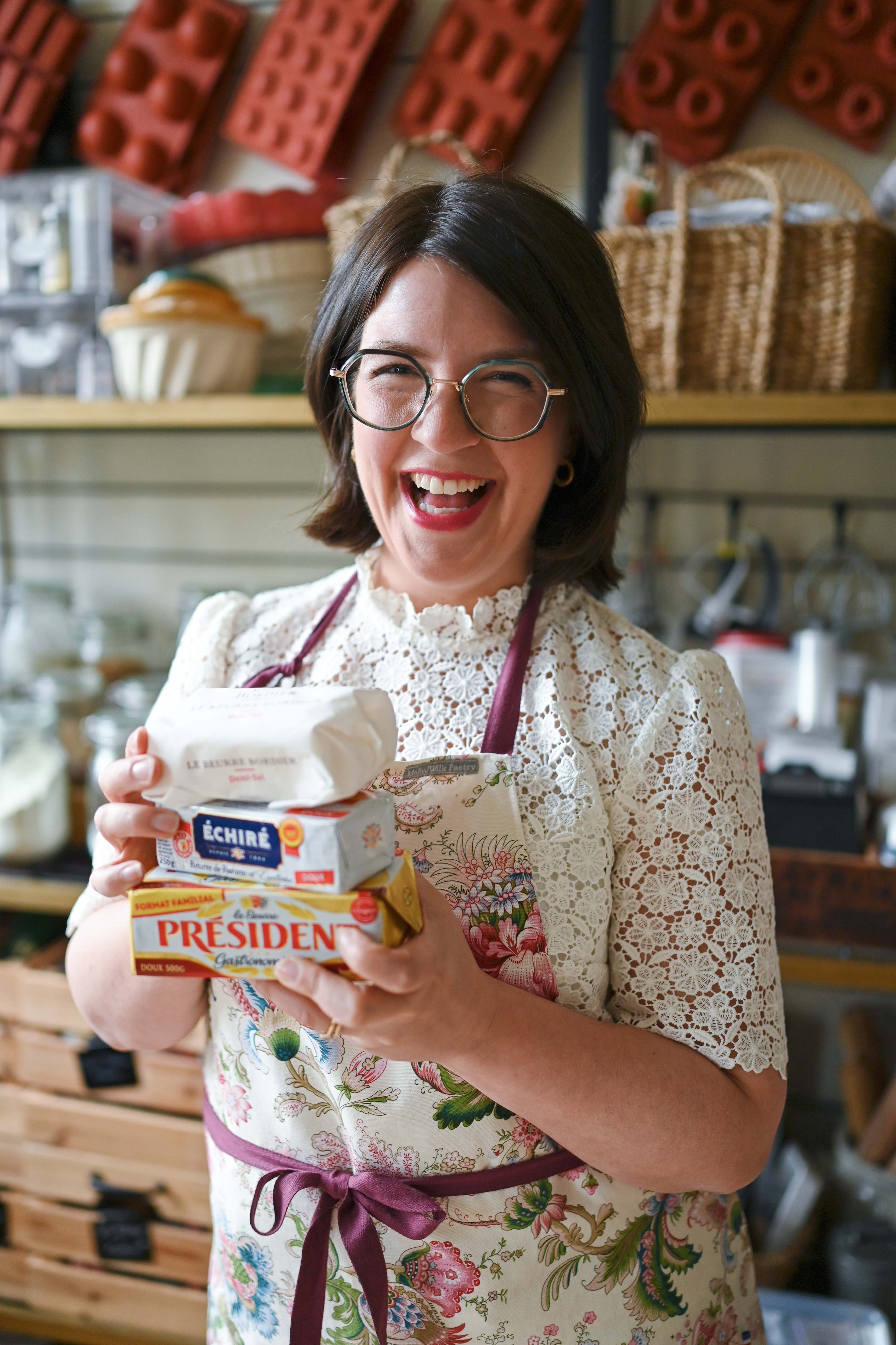
© Krystal Kenney
Preferred Butters for Tartines
One big point I like to get across is that we use particular butters for particular things here in France. We typically buy butters specifically for baking, and others just for enjoying, as is.
A tartine is a toasted piece of bread, usually a piece of baguette leftover from dinner the night before. They’re enjoyed in the morning slathered with really good French butter.
For something like this, the quality of butter is paramount. This is where you want to use your special butters to enjoy them fully. Particularly those with big salt crystals or those like Le Beurre Bordier which is known for its artisanal production methods and variety of flavors, including seaweed and yuzu.
Another classical way to use them is with fresh radish as a great aperitif option.
In a nutshell 🧈
Contributor

Pastry chef

